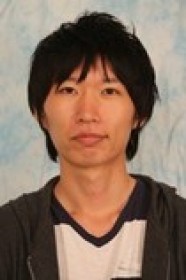
1:00 pm to 2:00 pm
Event Location: GHC 2109
Bio: Hiroaki Inotsume is a Masters student in the Robotics Institute advised by David Wettergreen. His research focuses on vehicle-terrain interaction analysis for design, planning, and control of planetary rovers. He holds a B.E. and a M.E. degrees in Aerospace Engineering.
Abstract: What direction should a rover drive to efficiently ascend slope of loose soil? To explore the lunar poles, rovers will need to traverse craters where high slip will hamper progress. Because of limited energy, rovers need to find efficient routes to traverse such sloped terrain.
We analyzed the influence of the rover’s angle of attack on slope-ascent performance and developed a rover model based on wheel-soil interaction. The terramechanic model was validated in single-wheel experiments. Rover slip, uphill velocity, and power efficiency are associated with the angle of attack. Analysis shows direct uphill ascent achieves the most efficient motion on most slopes even if the vehicle longitudinal slip can be reduced by decreasing the angle of attack. The analysis also indicates that a rover can diagonally ascend steep slopes where it can not drive directly up if the rover can generate sufficient lateral grip.
Field experiments using the Scarab rover were conducted with various angles of attack and slope angles. Our findings are useful to develop path planning strategies and also to develop locomotion configuration and controls which can have high slope-ascent capability.
Committee:David Wettergreen, Advisor
William “Red” Whittaker
Dimitorios Apostolopoulos
Christopher Chunningham
